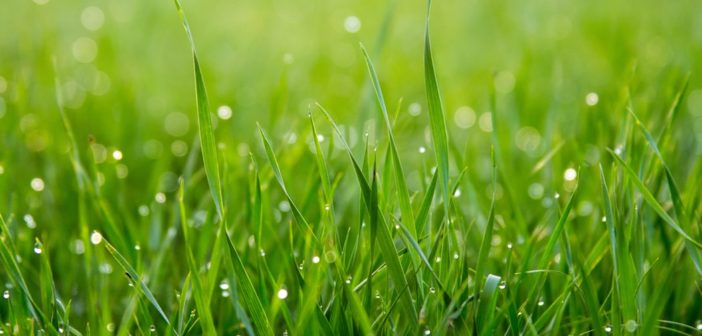Look for Signs of Distress
You should make it a point to understand the messages your lawn tries to communicate to you. One way you can do so is to observe your lawn for any signs of distress from insufficient water. This will alert you to whether or not you need to change the way you water your lawn.
Your lawn needs more water if:
- The tint to your grass is blue-gray rather than lush green.
- Tracks from tires and footprints can be seen in your lawn for quite some time after they are made
- The blades of grass in your lawn begins to fold lengthwise
Provide the Proper Amount of Water
You will need to vary the frequency of your watering as the seasons change throughout the year. However, the amount of water your lawn receives at a watering should remain constant. The perfect amount of water will wet the soil beneath your lawn as far as the roots but not over-saturate the soil. The water will also not run off the sides of your lawn.
It is not uncommon for lawns in the gulf coast portions of the country to need about one inch of water for soil that is approximately one foot deep. In areas where the soil is naturally dry, you will need no more than 3/4th of an inch of water to adequately water the lawn.
The Best Time of Day for Watering
The early morning hours provide the optimal time to water your lawn. Watering later in the morning or afternoon could damage your lawn in the long run by altering its dew point. Delivering the water your lawn needs in the middle of the day is problematic due to the evaporation that will occur.
Adjust Frequency
Many homeowners allow their irrigation systems to operate the same throughout the year without regard to the temperature or the amount of rainfall the lawn receives. This approach could result in considerable distress to the lawn as there will be times it is under-watered and other times when two much water is given. Your lawn will be much healthier if you adjust the frequency of watering based on the season.
- Summer – You lawn should be watered two to three per week
- Fall Your lawn should be watered once or twice a week
- Winter Your lawn should be watered once a week
- Spring Your lawn should be watered once or twice a week
Understand Your Lawn
Your lawn will possess its own unique set of factors that will impact the amount of water that it needs to receive. You will also likely find that different parts of your lawn will differ in their water needs. For example, grass that is located near large trees will be shaded for large parts of the day. This grass will not need to be watered as much as grass that is in direct sunlight the entire day.
Factors that will affect the amount of water your lawn requires include:
- Grass type
- Soil type
- Soil compaction
- Rainfall amount
- Presence of shade
- Season
- Exposure to wind
Final Thoughts
It is important to remember, there are no instant success secrets to a great looking lawn. You will have to remain committed to the health of your lawn for the long-term. The five tips above are a great place to start if you wish to improve the health and appearance of your lawn.




